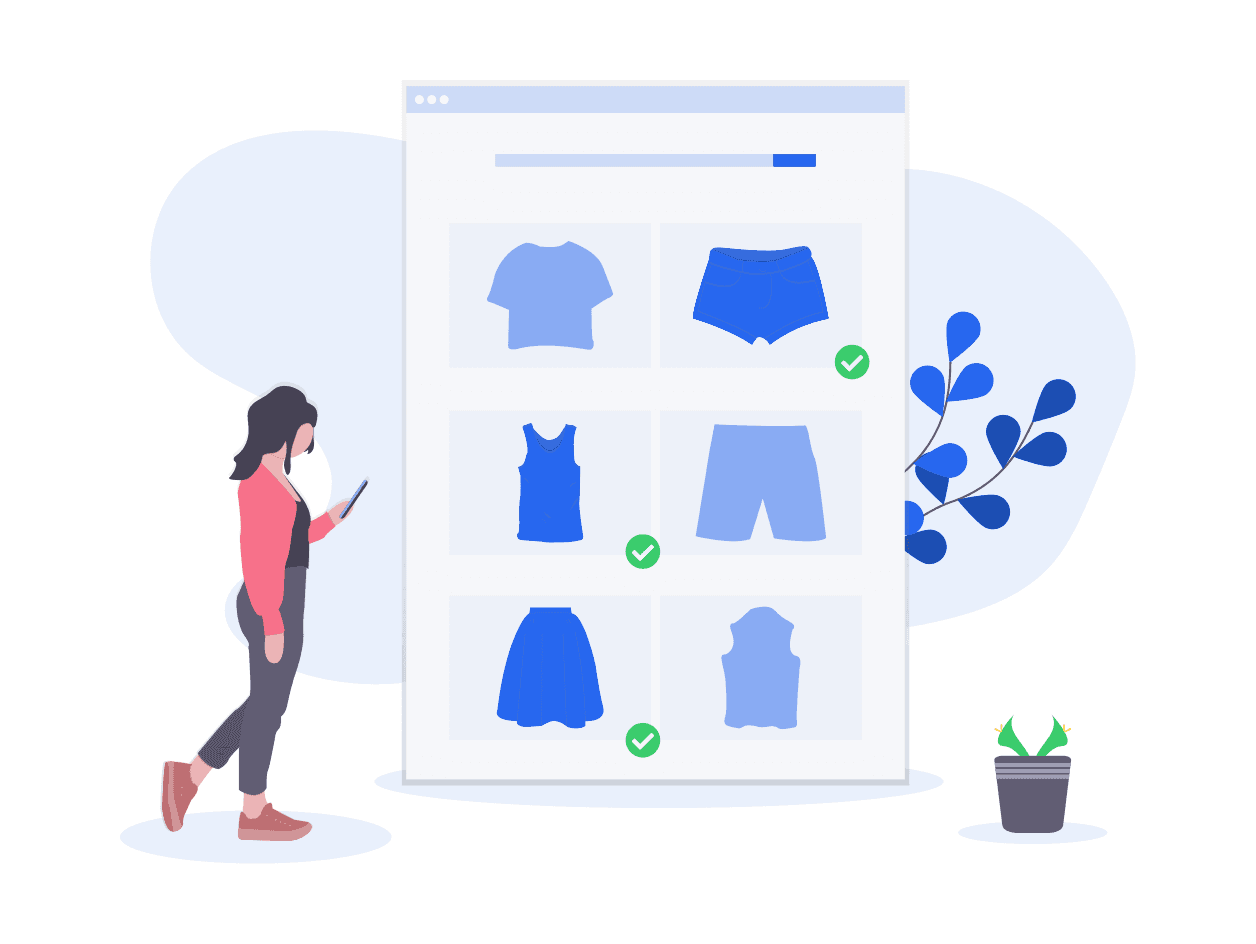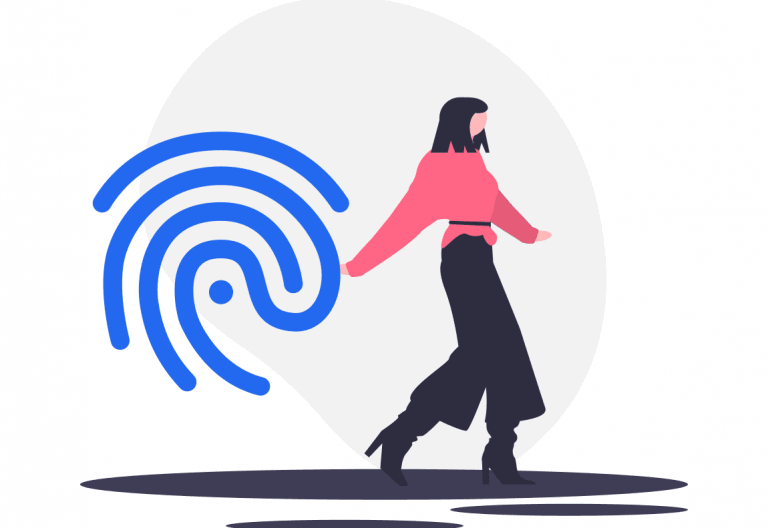Online shopping tempts customers around the globe with its advantages, such as a vast choice of products, accessibility of foreign brands, and the ability to shop 24/7. No wonder the number of online shoppers increases rapidly. On the other hand, e-retailers face fierce competition. If you’re looking for some tips to increase your e-commerce revenue, you’re in the right place.
We had a closer look at the psychological effects to find out how retailers can attract buyers to their offer and boost sales. Let’s dive into three examples!
Shorten the customer journey thanks to the principle of least effort
The principle of least effort (PLE), known also as the Zip’s law, is the theory that every human action proceeds while making the least possible effort to complete the task. It was coined in 1949 by Harvard linguist George Kingsley Zipf regarding language changes. The theory spread to different fields and was also used in psychology, sociology, economics, marketing, and information science.
For the eCommerce industry, PLE means the need to create a seamless customer experience. Shorten the customer journey to limit the effort that a consumer has to make to find the desired products and buy them. Evaluate your website if it’s as useful and intuitive as possible. Buyers can easily lose interest in completing the transaction if the process takes too much effort.
What challenges customers might face while shopping?
- unintuitive searching options
- unclear CTAs
- slow-loading website
- illegible text (for example, too “fancy” font)
- not mobile-friendly website
- a long waiting time when it comes to customer support
- too complex check out
- many pop-ups and other distractors
- an impression that a product seems difficult to use
- misleading ad (for example, when you don’t direct to the advertised product but to your home page instead)
- too long product description
- unclear shipment details
In a nutshell, do everything you can to provide your customers with a fast and pleasant shopping process. Include every important aspect on your page, as well as an easy way to contact your team and be responsive. Gather feedback and optimize your website regularly to mee your customers’ expectations. Take this principle under consideration also while creating your marketing strategy. Your ads should be user-friendly as well!
Build trust with storytelling
Trust is crucial when it comes to shopping. People usually buy from the companies they trust. It’s especially significant when it comes to e-commerce because consumers can see the actual store, touch the products, or actually try them on. Customers need to trust the description of the products and you as a retailer to make the purchasing decision.
Trust is built over time. So how to convince new customers to shop in your store? The answer is in the storytelling concept.
Storytelling is the process of making a connection with the customer first and selling a product second.
Instead of formal language on your website use informative, yet emotional messages. Take advantage of the brand’s voice and use different tones depending on the context. Every ad, CTA, and product description should be coherent with your brand’s vision. Additionally, use unique value propositions to highlight your brand’s most remarkable characteristics.
- Tell the story of your brand – how did you come up with the idea, and what are your values?
- Tell the story of your products – what problems are they solving?
- Tell the story of the manufacturing process – what materials do you use and why?
- Tell the story of your CSR – how do you make the world a better place?
- Tell the stories of your customers – let them be your advocates.
The last point refers to the widely used phenomenon among marketers – social proof. You can create your brand’s image as trustworthy thanks to this psychological effect. How to apply it in your e-commerce strategy? Easily! Use positive testimonials across your website and social media platforms.
Make the customer journey interesting, yet simple, to get the best results.
Create a sense of urgency using fear of missing out (FOMO)
As the fear of loss is greater than a desire for gain, you can use such a tone in your communication to highlight what people are missing without your products. FOMO is a term usually referred to social media users and their fear of being left out. But the same mechanism works in the e-commerce industry.
What can you do to make the most of the fear of missing out?
- add a counter on the website informing how many people became your customers
- organize flash sales or deal-of-the-day
- inform how many visitors are browsing the same product or the category of products right now
- add a count-down while running a time-limited promotion
- create limited editions
- distribute promo codes only to the limited number of consumers
- organize a free shipping week
There’s so much more you can do to boost sales in your e-commerce. Find more resources on our blog and follow RocketLink on Facebook and Twitter to keep up with our latest articles!



